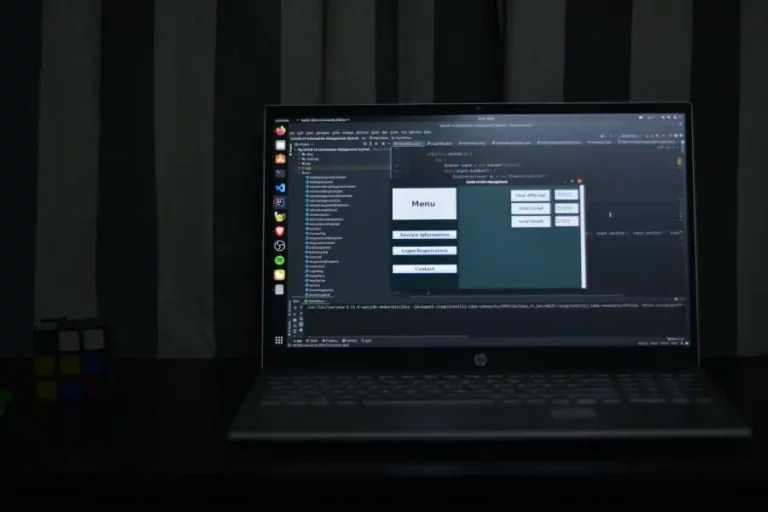To succeed online, it takes more than simply an excellent concept. Additionally, it is crucial to release it appropriately after passing through the different software development phases. It’s essential to build a productive product development process if you want consumers to take notice of your concept.
What Exactly Is Software Development?
The method programmers use to create computer programs is called software development. The procedure, commonly referred to as the Software Development Life Cycle (SDLC), consists of several stages that provide a way to create products that adhere to both technical requirements and user needs. This is used by many developers, educational software development company, and the development of streaming platforms.
Software developers may utilize the SDLC as a global standard while creating and enhancing their computer applications. It provides a clear framework that development teams may adhere to while designing, producing, and maintaining high-quality software.
Step-By-Step Software Development Life Cycle
The stages or processes that make up the Software Development Life Cycle (SDLC) direct the software development process. Depending on the individual technique or approach used, the precise processes may change, but present a typical SDLC and its main phases anyway:
Gathering Requirements
The software development team closely collaborates with stakeholders at this first stage to obtain and comprehend their requirements, goals, and constraints. This process includes holding meetings, conducting interviews, and analyzing current systems.
System Evaluation
After gathering the requirements, the development team examines them to determine the architecture, parts, and functionality of the software system. This stage confirms the project’s viability by detecting any possible problems or obstacles.
Design
Based on the requirements and system analysis, the development team develops a thorough design plan throughout the design phase. The user interface, database structure, system architecture, and other technical requirements are all designed.
Development
During this stage, the program is coded and developed. The rules and design requirements are used by developers while writing code. To develop the required functionality, they adhere to best practices, and coding standards, and employ the proper programming languages and tools.
Testing
Following development, the program is put through several testing processes to assure its performance, quality, and usefulness. Unit testing, integration testing, system testing, and user acceptance testing (UAT) are all types of testing.
Deployment
The program is then deployed in the target environment, which may be a client’s infrastructure or a production environment, after successful testing. The software installation and configuration procedure, data migration, and establishment of the required infrastructure for the product are all included in the deployment process.
Maintenance
The maintenance phase begins once the program has been installed. To make sure the program is dependable, safe, and current, this step entails tracking its performance, responding to user comments, correcting issues, and delivering updates and patches.
Software Categories
System Software
The majority of travel and hospitality software development utilize this program to carry out chores on their computers and cell phones. Examples that are often used include word processors, web browsers, music players, picture editing programs, antivirus software, and even software-as-a-service (SAS) goods.
Application Software
The majority of individuals utilize this program to carry out chores on their computers and cell phones. Examples that are often used include word processors, web browsers, music players, picture editing programs, antivirus software, and even software-as-a-service (SAS) goods.
Embedded Software
Software used to control the operation of devices or systems is referred to as embedded software. It is usually created specifically for the hardware it runs on and is built to run on that hardware.
Conclusion
The software development cycle is essential for producing high-quality products that satisfy customer demands. The fundamental elements of the development process are the same whether using traditional Waterfall or flexible Agile. (Xanax)
